At Narratives, our office dogs are more than furry friends – they are climate advocates.
Winston, Wilma, Bernie, Kitty, and Beans share their top climate tips to help you and your pets stay cool, reduce your carbon footprint, and make a positive impact on the environment. Let’s make our cities greener, one paw at a time!
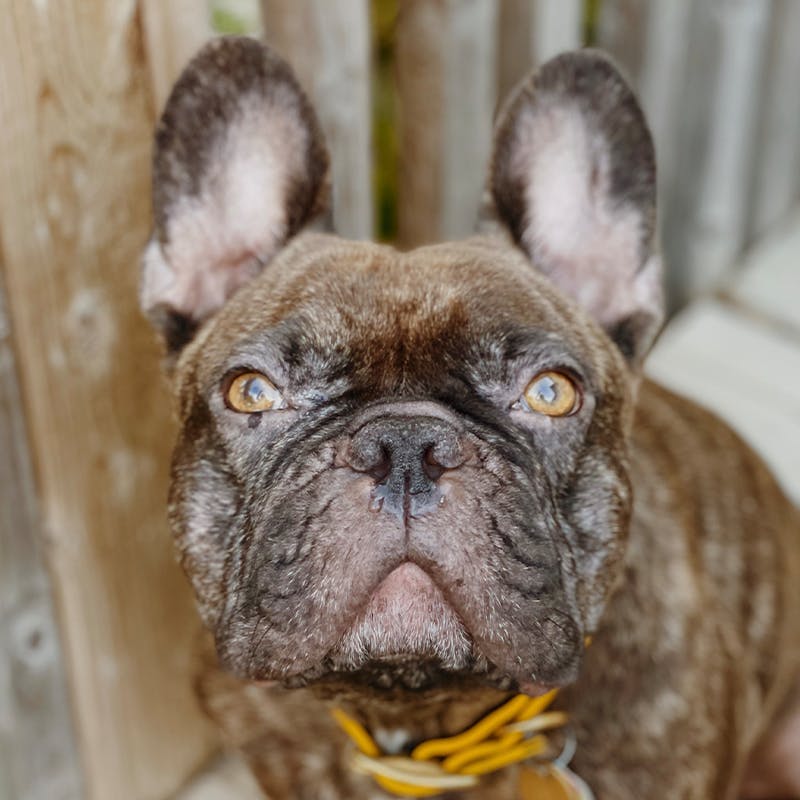
Winston
Urban Heat Island Effect
Every year, I look forward to the summer months when my human can take me for outdoor walks without my coat. I love to feel the sunshine on my back and a breeze in my fur. However, when we go for walks in the city along the sidewalk, the pavement can feel hot on my paws. My human explains that in the city, we experience what they call an Urban Heat Island effect. This means that cities experience hotter temperatures than rural areas (sometimes up to 12 degrees warmer) because they have more pavement and bustling activity, buildings constructed closer together, and less greenery than the country. The Urban Heat Island effect can also cause paved surfaces to be 27-50 degrees hotter than the air temperature! No wonder my paws are sensitive to the pavement. Some tips to keep dogs like me cool during summer walks include my human checking the pavement’s temperature with their hand to make sure my paws won’t burn, taking walks in the shade or at times of day when the sun is low, or sticking to grass surfaces.
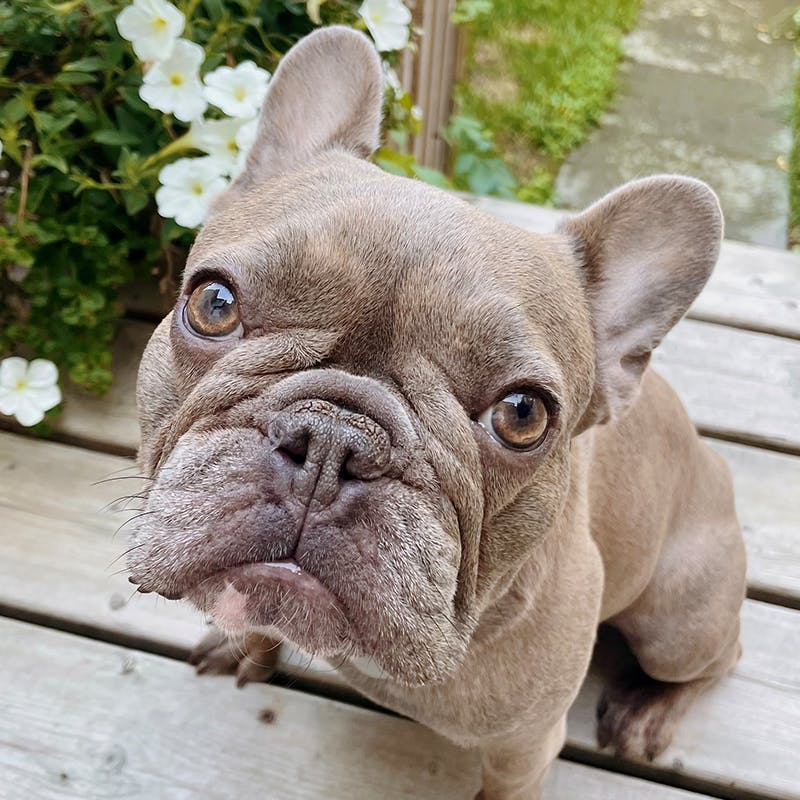
Wilma
Urban Trees
Urban trees are great for mitigating Urban Heat Island effects, such as reducing the air temperature in the city and absorbing carbon. Did you know that the strategic placement of trees can cool air in a city by up to 8 degrees Celsius? My human also tells me that incorporating trees into urban areas can help regulate water flow and pollutant levels in a city and absorb and store up to 150kg of carbon per year! Adding trees near houses also helps reduce houses’ air conditioning needs by 30 percent and heating by 20-50 percent. Mostly, I like urban trees for the shade they provide on the sidewalk, so I can walk more comfortably.
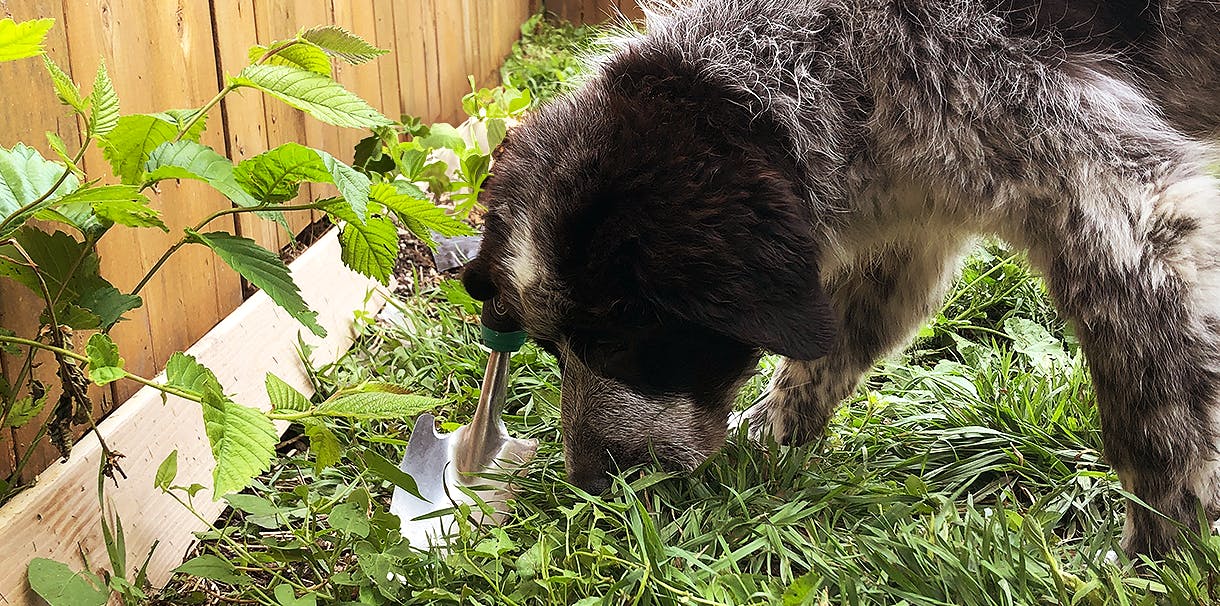
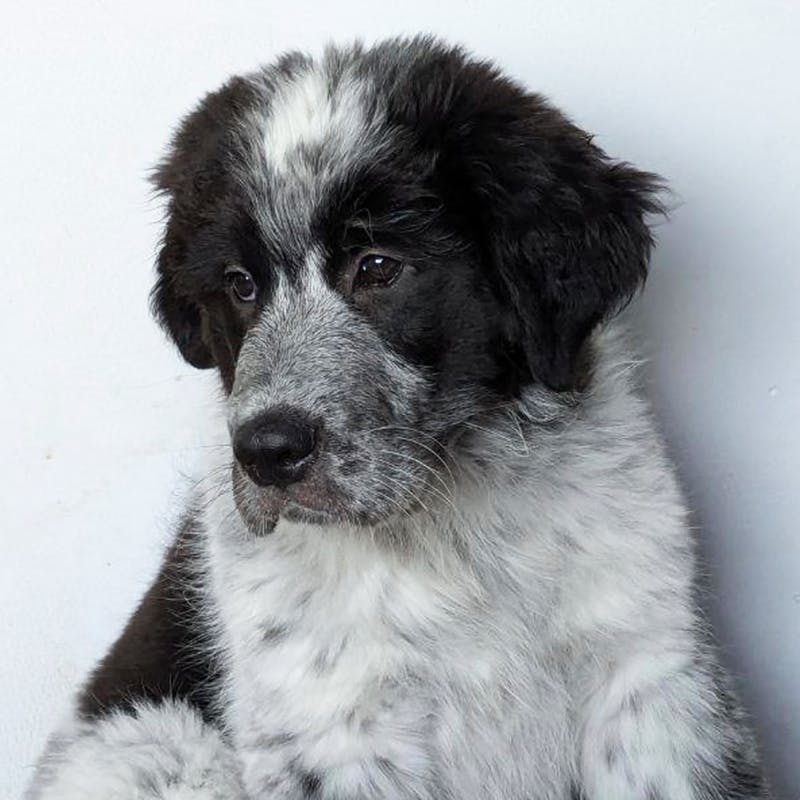
Bernie
Green Infrastructure
Urban trees are great – that’s where squirrels live – but cities can have other green spaces, too, called Green Infrastructure. Green Infrastructure can include natural infrastructure or low impact development. Natural infrastructure is my favourite – it includes spaces that naturally filter water and create habitats for wildlife – like grass, parks, forests, and soils. Low impact development like stormwater ponds, rain gardens, and green roofs are human-made nature-based climate solutions. Over the years, I have noticed the loss of Green Infrastructure in the city and that sidewalks or pavement (sometimes called ‘Grey Infrastructure’) cannot absorb extra rain and pollution or provide cooling to a city in the same way that grass or gardens can. Including Green Infrastructure in city design has been shown to improve the quality of walks and have health benefits for us canines and humans alike!
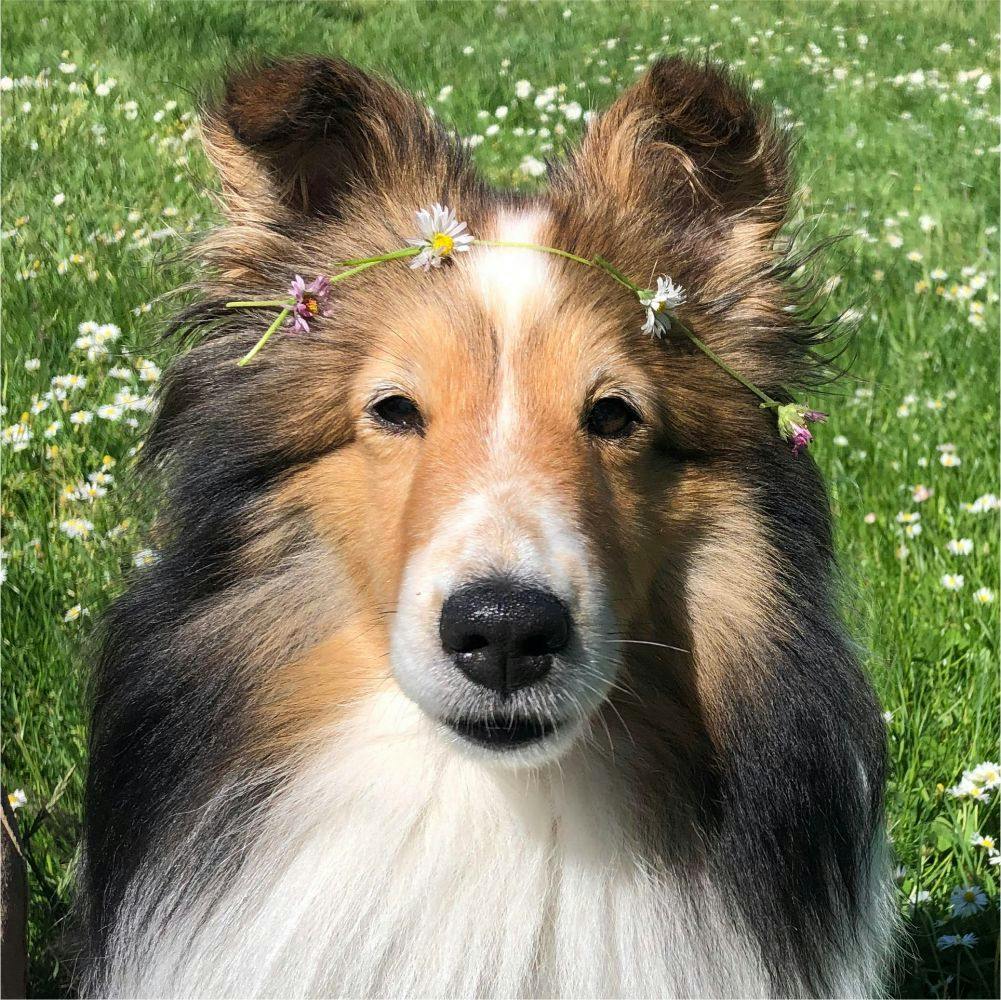
Kitty
Low-Carbon Transportation
Using low to little carbon transportation is a great strategy for reducing a household’s carbon pawprint. Me and my human like to bicycle to work in the summer. Each morning, my human prepares my chariot – also known as a bike cargo trailer – and attaches it to her bicycle so that we can travel safely together to the office. Biking is good for the environment, and cargo trailers are a great option for me. My human tells me that each kilometre travelled by bicycle saves 150g of carbon dioxide emissions, and for each 1% increase in cyclist traffic reduces emissions by four kilotonnes per year. Since transportation is one of the leading contributors to greenhouse gas emissions, riding our bike is a small but effective step we can take to reduce our carbon pawprint!

Beans
Waste Diversion
Did you know that Canada’s waste sector accounts for 4.1% of greenhouse gas emissions, with nearly all of those emissions coming from city-level landfills? The methods my human uses to divert our household waste from the landfill include the “5Rs” – refuse, reduce, reuse, repurpose, recycle. Refusing waste is saying no to letting garbage into our house, such as making conscious purchases and choosing options with less packaging. We reduce waste by buying in bulk, buying replacements only when we need to, and investing in reusable or biodegradable options when buying new. My doggie bags are biodegradable, which means they break down more quickly than plastic. We reuse single-use plastics before recycling – like using an ice cream pail as a water bowl. Repurposing items before buying new or repairing items before recycling. As a last step, we recycle items such as rinsed dog food cans. I do my part to help divert waste by catching any food that falls to the ground!
Even the smallest paws can make a big impact on the environment. By understanding and addressing the Urban Heat Island effect, incorporating urban trees and green infrastructure, choosing low-carbon transportation, and practicing waste diversion, we can all contribute to a healthier, more sustainable world.




